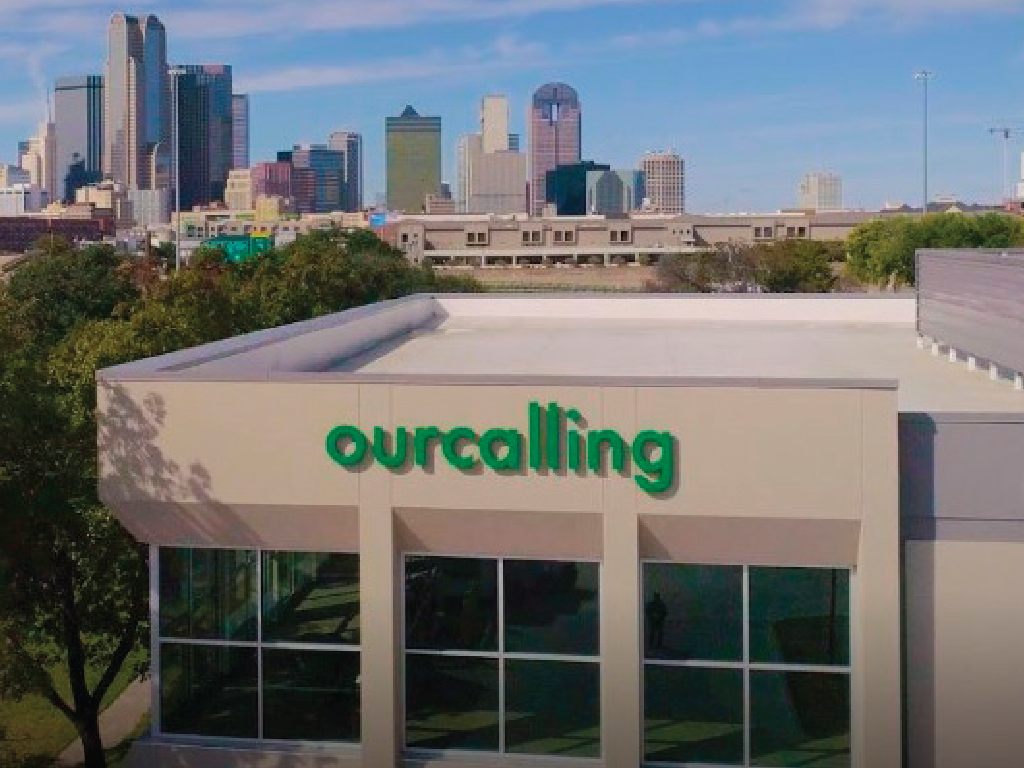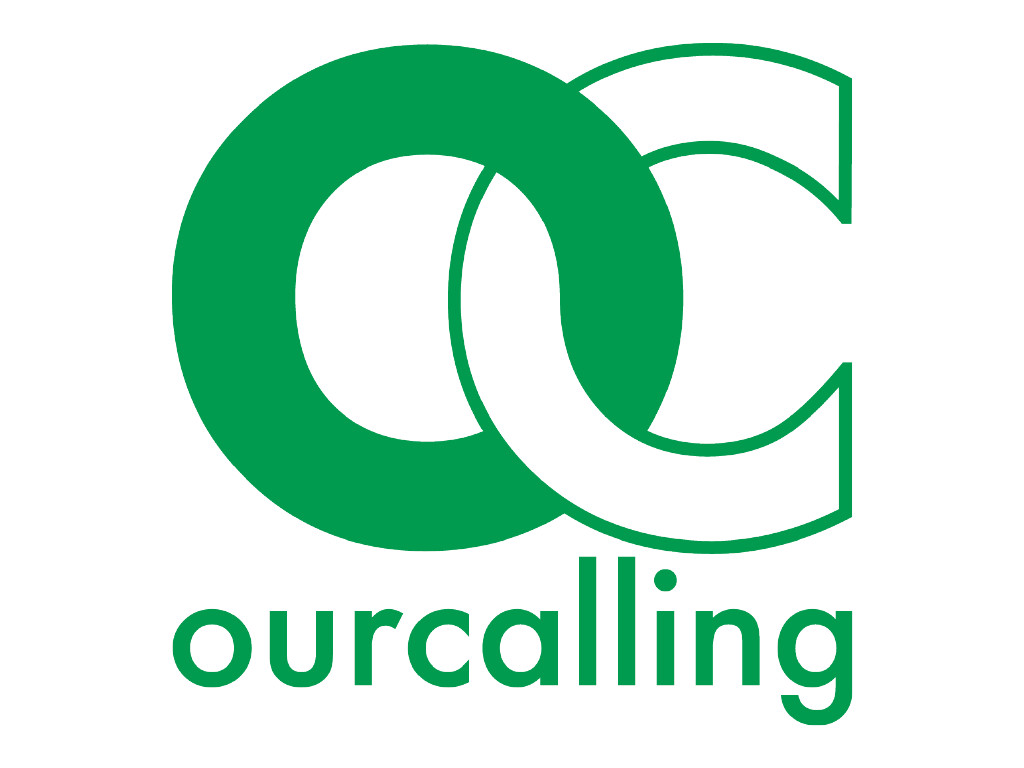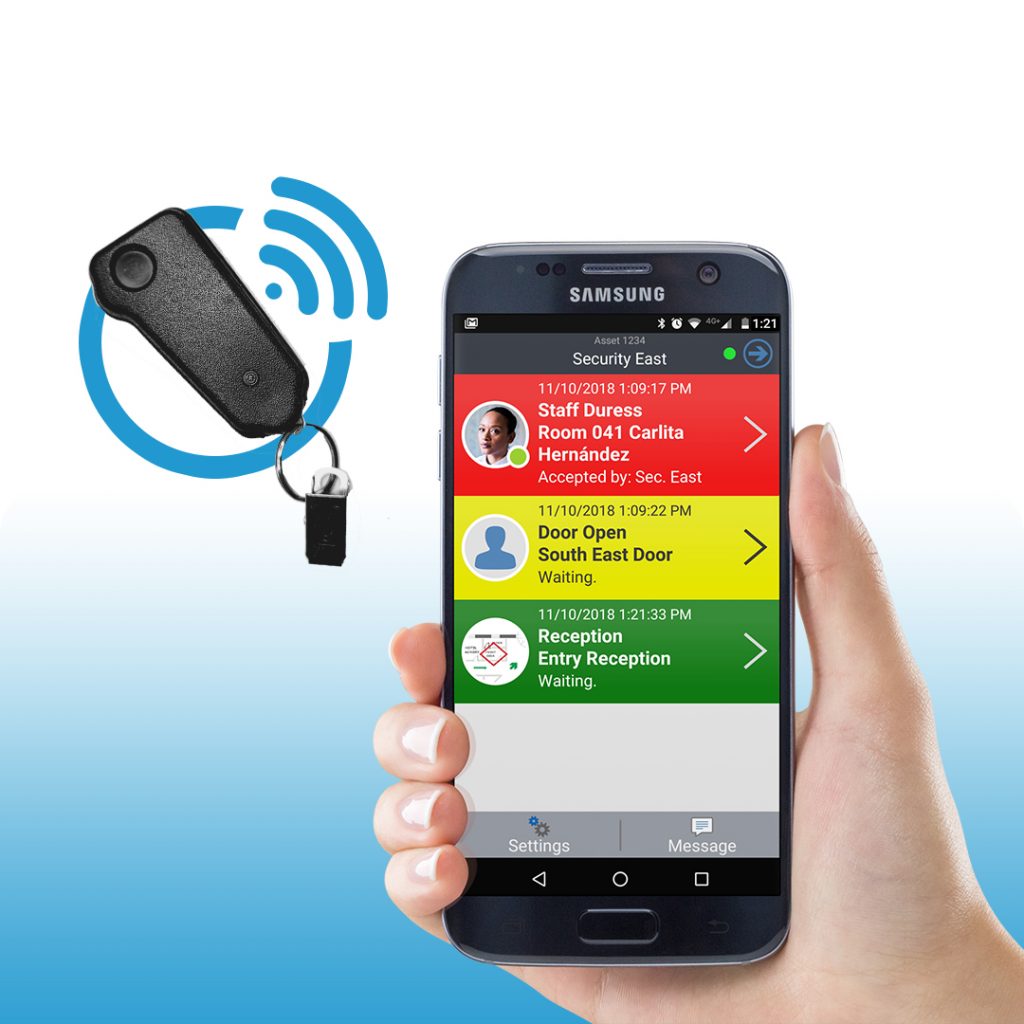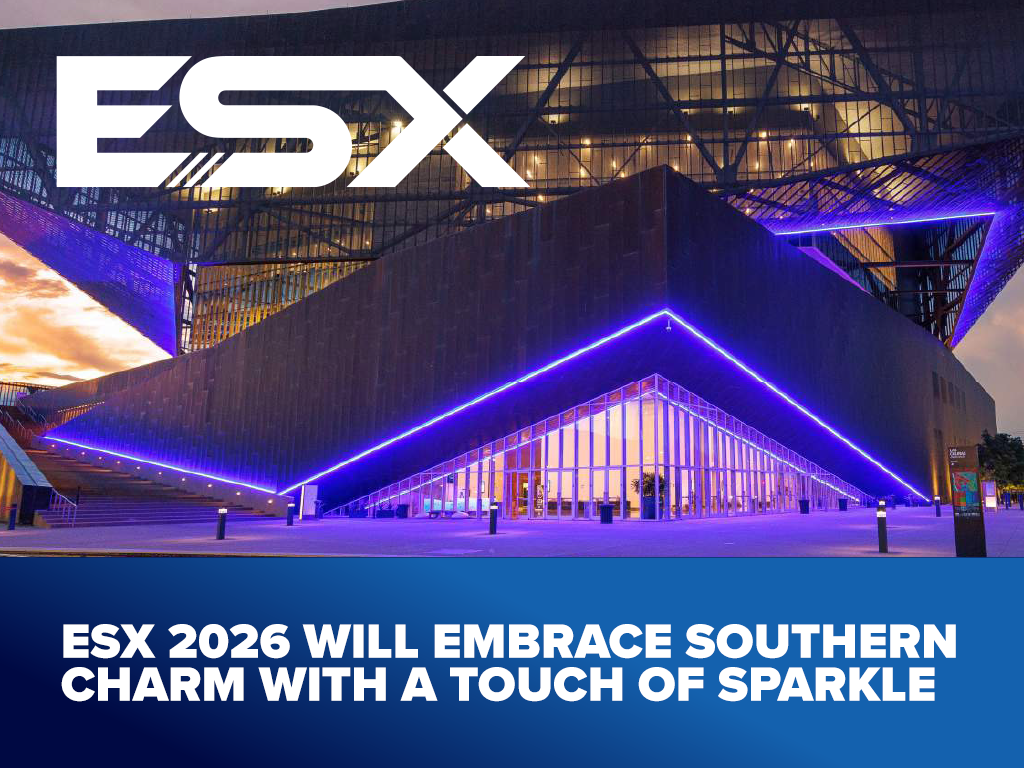Non-profit OurCalling Finds Solace for Staff from ESA Member Company SECURalert

When ESA Member, SECURalert — a company that has been designing, testing and manufacturing radio frequency (RF) solutions since 1993 and is currently known for their enterprise wireless panic button system to protect workers in duress — was recently called upon to create a cost-effective, highly accurate locating system for a non-profit organization deep in the heart of Dallas, Texas, they were more than ready, partly due to founder and CTO, Luc Harbour.
About 20 years ago, and with the goal of improving the usability of geolocation technology, company Founder and CTO, Luc Harbour, went on a quest to achieve exact location. He “found” WiFi– and cellular-connected systems to be notorious for interference, therefore not allowing signals to get through and losing data before it was communicated. During an emergency situation, communication is the key driver of mitigating the situation quickly, effectively and safely, so loss of communication for even a second can result in deadly consequences.
To help quench fears and ask for assistance during emergencies, Harbour created a mesh network that led to the first-generation of SECURalert Wireless Duress and Wireless Nurse Call Solutions in the 1990s. Fast forward to today —SECURalert offers a comprehensive life safety system built around a wireless duress network that uniquely and simultaneously uses two signals — ultrasonic and radiofrequency (RF).
“This dual system accurately transmits distress signals to a main controller, pinpointing the location of the duress with precise accuracy,” explains Jenya Pauquet de Villejust, PR representative for SECURalert. “Our Wireless Duress System guarantees complete coverage throughout an entire space, covering both the inside and outside of a facility or campus using the same transmitter and infrastructure with no need for WiFi, Bluetooth or any third-party services at 99.9 percent accuracy.”
Other notable characteristics of SECURalert includes the ability to customize their technology to individual requirements and integrate with existing technology, plus the system is made to own, which eliminates monthly user, licensing and maintenance fees. “Our one-of-a-kind, bi-directional, rechargeable transmitter provides feedback when the signal has been received and it has a build-in test function to ensure connectivity and functionality,” adds Pauquet de Villejust as she explains the durability of their technology — “more than 92 percent of first-generation SECURalert solutions are still in function today.”

Quick, Convenient Communication and Staff Locating
A little over three years ago, OurCalling — “a faith-based organization that leads homeless to live a healthy and sustainable lifestyle by building lasting relationships and making disciples on the streets” (according to their website, ourcalling.org) — upgraded their facility from 3,200 square-foot to a two-story 30,000 sq. ft. building. They realized their staff would be spread all over while inside as well as outside in two parking lot settings with no way to quickly know each staff’s whereabouts or quickly communicate their need for help. This prompted Carolyn Walker, director of administration at OurCalling, to begin researching possible solutions. She decided a customizable panic button system that is easy to use and make changes to fit requirements while having access to system support staff would effectively meet their needs.
“After some research, SECURalert stood out as the only company that could provide the most accurate geolocation inside a building,” says Walker, which was their biggest requirement. “Other companies could provide geolocation outside, but not inside a building.”
SECURalert offers complete coverage throughout an entire space, both inside and out, with the same transmitter and infrastructure, which creates safer environments holistically. They were also willing to accommodate this non-profit organization’s limited budget while simultaneously saving SECURalert money and time as well.
“We designed their solution remotely and were able to pre-program additional devices that OurCalling staff installed on their own,” Pauquet de Villejust details. “Our team was very inquisitive about our solution and [empowered OurCalling staff] to use some of the remote programming as we could not afford to roll out trucks twice.”
As with any installation, issues can arise, and it was during system functionality testing a problem was encountered. The SECURalert team went above and beyond to ensure complete client satisfaction.
“Access through iOS devices to their network was problematic, so we used IT support functions that is not usually part of our services” to ensure OurCalling’s system functioned at capacity, highlights Pauquet de Villejust.

Seconds Really Do Matter
As one can imagine, moving into a facility that was 26,800 sq. ft. larger took time as well as the addition of staff to serve some of the most vulnerable populations of people within the city — the unsheltered homeless.
“As of February 2021, OurCalling has 38 employees, who on any given day will interact with 250-300 men and women at our facility,” says Walker. “Daily we encounter drug and alcohol addiction, mental health issues, medical issues, etc.”
Because of this, each OurCalling employee carries a SECURalert transmitter and if an employee finds themselves in a situation where they need assistance, the entire staff is alerted, and safety protocols go into effect.
“Based on the location of the staff member needing assistance, the rest of the staff assumes a specific role to maintain peace and provide needed assistance to the specific staff member,” Walker says.
Recently, two OurCalling staff members who were working with a homeless individual on the facility’s second floor used SECURalert to alleviate what could have turned into an unpleasant situation.
“The homeless individual began to have a seizure,” Walker explains. “One staff member called 9-1-1 while the other pressed their transmitter, which we call ‘panic buttons.’ Within 10 seconds, another staff member was able to be upstairs to provide assistance while another staff member waited for the ambulance to arrive.”
SECURalert staff was proud that their system helped to possibly save a life while helping to protect OurCalling staff and homeless guests, moment by moment.
“We are grateful for this layer of protection and safety for our staff and our homeless guests,” Walker expresses, who took over the management of OurCalling’s SECURalert system in December of 2019.
“Since then, I have found it very easy to add new transmitters, make needed changes to our system, and interact with the support staff at SECURalert,” lists Walker, verifying that the needs she identified years ago are being met.
To support end user clients, SECURalert offers multi-tiered support and escalation, including first-line triage to handle Move Add and Changes (MAC), the development of custom functionalities from their engineering staff and access to a help desk that is open 24/7/365 to serve customers.
“If you were to average the number of years of experience in the industry from all our staff, you would get an average of 18.2 years,” says Pauquet de Villejust. “Experience and longevity would be the best way to describe our staff.”
OurCalling is just one of the many examples of various verticals in which SECURalert serves with the belief that “a sound life-safety solution should operate on a stand-alone network with dedicated transmitters, and not rely on WiFi, cellular, cloud, Bluetooth or other third-party systems,” conveys Pauquet de Villejust.
SecurAlert is currently working on upgrading and streamlining their partner/integrator training and will offer an online learning platform to allow integrators to learn more about their technologies and help them enhance their life safety and security portfolios.




